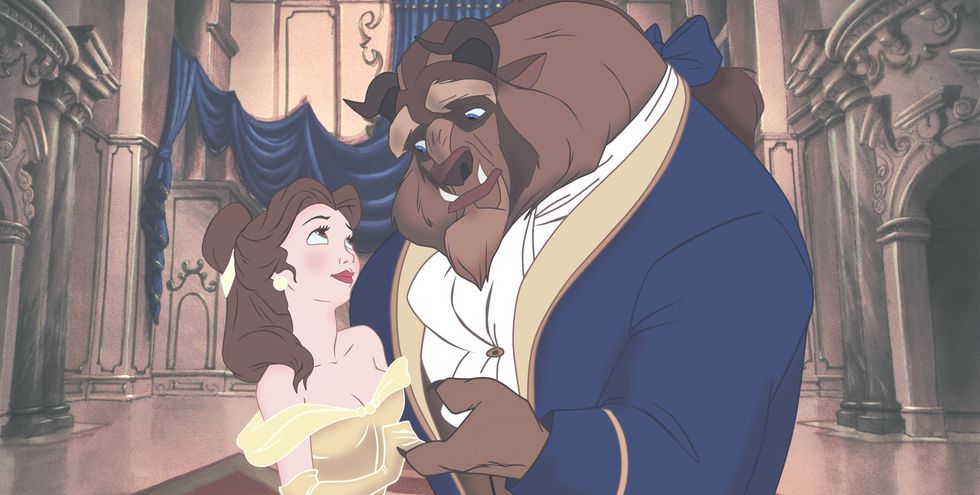When watching children's movies at a young age, you probably weren't thinking of the influence it had on you and your ideas. While we often see the name Disney and automatically think they are wholesome family films, many people don't go further into investigation and see the subtle stereotypical representations of gender provided in these movies.
1. "Beauty and The Beast"
In "Beauty and The Beast," Disney exemplifies stereotypical ideas about body image and personality while conveying ideas of hegemonic heterosexuality. While Belle is seen as small, gentle and kind, her lover, the Beast is portrayed as large and prone to angry outbursts. Although the Beast is in fact, a beast his personality compared to Belle's implies that one's literal body size affects moods teaching children that larger people are mean and angry, while smaller people are nice and sweet.
Recommended for you
2. "Cinderella"
In "Cinderella," it teaches viewers to escape domestication through marrying a rich man and becoming a trophy wife. The whole plot of the story surrounds a ball in which single women are given the chance to meet the Prince in hopes of a possible marriage proposal. Cinderella, the main character, transforms from a poor housemaid into a beautiful princess all to catch the prince's attention reinforcing the idea that when it comes to love - it's what's on the outside that counts.
3. "The Little Mermaid"
In the "Little Mermaid," the main character Ariel gives up her talent, family and friends all to be with her Prince Eric. When it comes time for her to give up her beautiful voice for human legs, the evil sea-witch Ursula sings her famous song "Poor Unfortunate Souls" in which she says, “You'll have your looks, your pretty face, and don't underestimate the importance of body language." This further reinforces that physical beauty is all women have to offer, rather than her words or intelligence.
4. "Sleeping Beauty"
In "Sleeping Beauty," Aurora and her Prince Phillip instantly fall in love when they meet, with spending no time to get to know anything to know about each other and in the end, living happily ever after based solely off their first impressions of physical appearance. This unrealistic situation gives children watching this film a false idea about relationships by implying that they happen upon first sight, rather than taking time to develop.
5. "Snow White and The Seven Dwarfs"
In "Snow White and The Seven Dwarfs," men are stereotyped with the dwarfs portrayed as men living in a pigsty who are unable to take care of themselves, mostly because they never learned from their mothers. It takes Snow White to save the day, by cleaning up their house and taking care of the men, performing typical domestic tasks associated with women such as dusting, baking, and washing dishes.As parents, siblings and caretakers, awareness of these stereotypes in our favorite childhood films and their effects on children is crucial in development as a society. By educating yourself and others, we can begin to bolster more positive perceptions of men and women and reinforce equality regardless of gender, race and other qualifications.



















